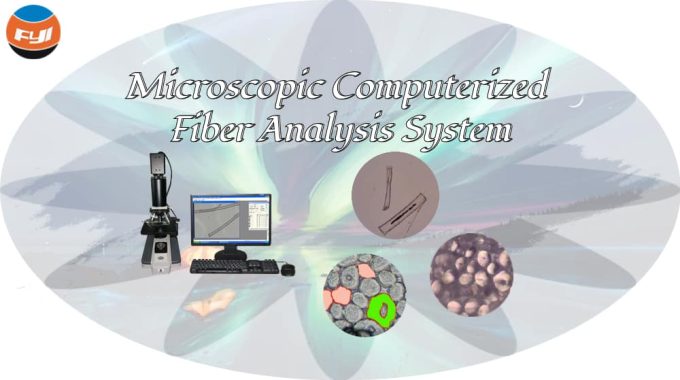
Irradiance Controlling of Xenon Arc Tester
Artificial accelerated aging tester can divided into several types according to different light sources, such as carbon arc lamp, fluorescent ultraviolet lamp, xenon lamp, etc. Xenon lamp has become the most widely used artificial accelerated aging light source in the world because of its spectral distribution which is closest to the sunlight after being filtered by filter glasses;It can simulate the sunlight inside and outside of the house, its irradiation intensity can be controlled and its service life is long. The working mode of xenon lamp determines that its irradiance is stable and controllable, and no waste gas is generated during the working process. The relative spectral power distribution of xenon lamp does not change with the use time within the service life. Xenon lamps are the preferred light source for artificial accelerated aging tests because of their significant advantages.
The irradiance controlling for the Xenon Arc lamp is the critical to ensure accurate and reliable test results of Xenon Arc tester. Generally, there are three factors affecting the irradiance on the samples in xenon arc chamber: the filtering effect of the filter glass, the homogeneity of the sample receiving light irradiation and the irradiance monitoring and feedback system.
Contents
The filtering effect
In test conditions of color fastness to light, the UV filter glass is placed between the light source and the sample so that the ultraviolet spectrum is steadily attenuated. The transmittance of the filter glass used should be at least 90% between 380~750nm, and should be reduced to 0 between 310~320nm.
The infrared radiation energy in the xenon lamp spectrum can be reduced stably by placing the filtered infrared optical glass between the light source and the samples. The effective isolation of ultraviolet light and infrared light can control the light irradiance stably.
After filtering through the infrared spectrum filter glass and ultraviolet filter glass, the irradiance of the infrared spectrum of the xenon lamp is reduced, and the ultraviolet light is also effectively filtered out (In nature, the ultraviolet light is absorbed by ozone when the sunlight passes through the atmosphere), so that the xenon lamp spectrum reaching the sample surface is consistent with the natural sunlight spectrum to the greatest extent. Therefore, the main purpose of the filter glass is to obtain the desired spectral distribution of energy. The selection and quality of filter glasses have great influence on the final irradiance intensity. By combining different glass characteristics of cylindrical filters in xenon lamp lighting system, different spectral energy distributions can be produced.
Irradiation homogeneity effected on the samples
The distance between the lamp and the sample will also affect the irradiance and irradiance uniformity that effected on the samples.
The uniformity of light irradiance can be effectively solved by rotating the specimen rack in the drum type Xenon Arc Tester. The sample holder and the xenon lamp are installed on a concentric shaft, and each exposed sample has the same distance from the xenon lamp, and the spectrum reflected by the chamber has the same influence on each sample. In the vertical direction, the length of the xenon lamp luminescence zone is greater than the exposure length of the specimen clamp, and the resulting inhomogeneity of light irradiance generally does not exceed the allowable deviation, which has a limited effect on the test results. Therefore, the uniformity of light irradiance in the test box is well guaranteed.
Irradiance monitoring and feedback system
After a period of use, the xenon lamp and filter will continuously reduce its luminous efficiency and increase heating power while consuming the same power source. At the same time, the filter is also aging, so that the irradiance and temperature of the test chamber may not be able to meet the set value. So we need the irradiance monitoring and feedback system to monitor and adjust the irradiance to ensure the xenon arc lamp gives consistent irradiance.
How the monitoring and feedback system to work? After the xenon lamp spectrum is corrected by the filter, the selected wide (or narrow) irradiance in the spectrum will be monitored by the irradiance sensor. After comparing with the preset wide (or narrow) irradiance value, the current of the xenon lamp power supply is automatically adjusted (within the permissible range of the xenon lamp) to increase or reduce. Thus, constant irradiance output can be achieved. Xenon lamp constant irradiance output is compensated by the excess power of the xenon lamp, so the maximum xenon lamp power indicated by the instrument indicates the upper limit of its usable power and does not mean that the xenon lamp in the instrument is always in use at this power. High-powered xenon lamps have a wider compensation range and are likely to have a longer useful life. How to keep the monitoring and feedback system accurate? Regular calibration procedures such as regular lamp and filters replacement, regular irradiance sensor calibrating can ensure the system’s accurate and reliability.



You have an incredible gift for turning ordinary experiences into extraordinary stories.
Your writing is a true reflection of your intelligence and expertise.
Most blogs lack depth, but this one goes above and beyond in delivering valuable insights.